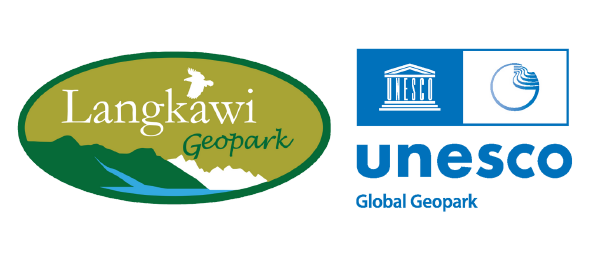GeoTourism
Langkawi Geopark’s geotourism offerings provide an immersive experience into its unique geological, ecological, and cultural heritage.
Conservation
GeoTourism
Langkawi UNESCO Global Geopark boasts a remarkable geological heritage that spans over 550 million years, making it one of the most significant geological sites in Southeast Asia. The island’s landscapes showcase an extraordinary record of Earth’s history, including some of the oldest rocks in the region, unique karst formations, and evidence of ancient tectonic processes.
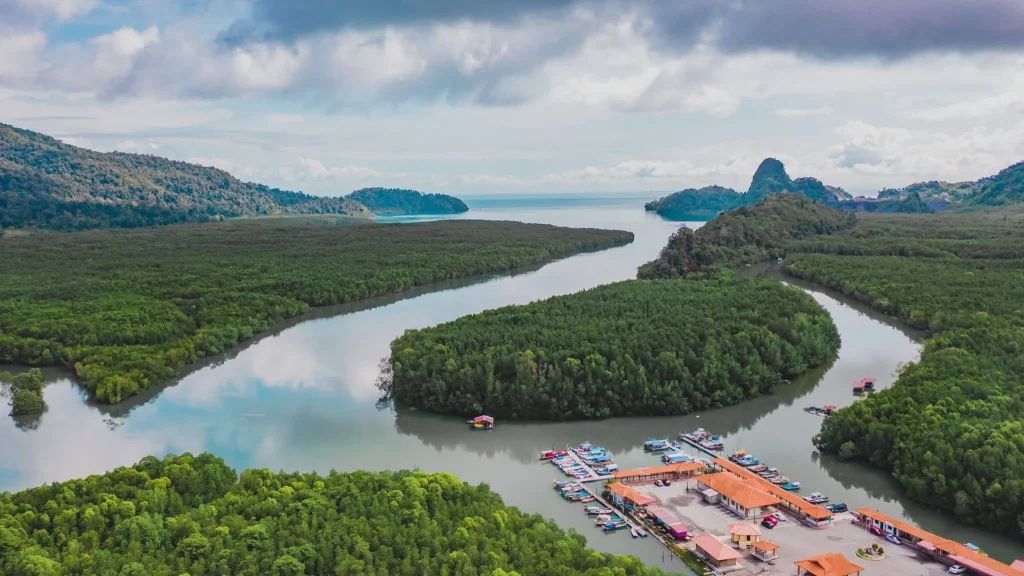
Kubang Badak Geotrail
Key Features:
- Mangrove ecosystem with diverse flora and fauna.
- Geological formations like mudstone and sandstone dating back to the Late Devonian to Early Carboniferous periods.
- Historical and cultural sites, including ancient fishing villages and traditional fish farms.
Activities:
- Kayaking, birdwatching, and exploring mangrove forests.
- Visiting local communities and learning about traditional fishing practices.
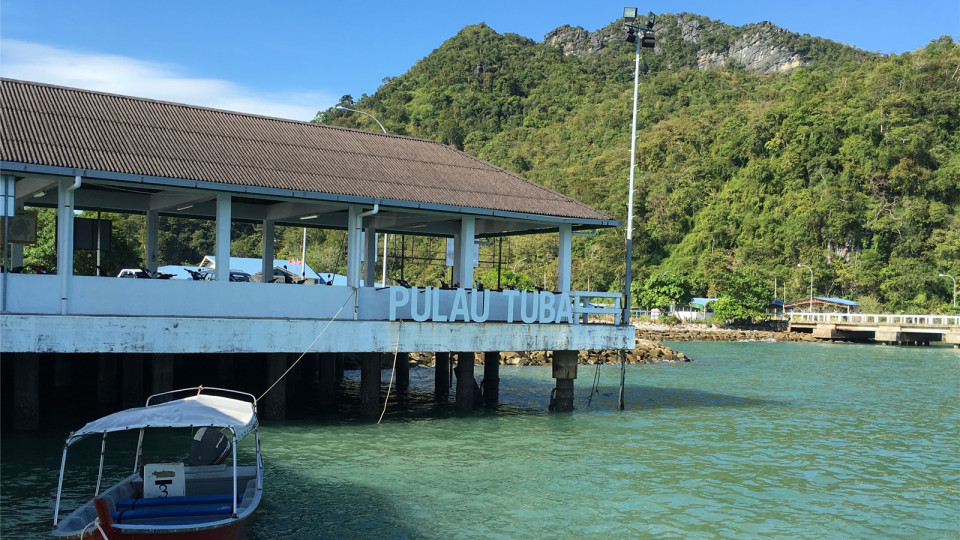
Tuba Geotourism Trail
Key Features:
- Community-led geotourism initiative promoting sustainable tourism.
- Fossil-rich limestone hills and karst topography.
- Agricultural landscapes and cultural traditions unique to Pulau Tuba.
Activities:
- Hiking and exploring caves like Gua Wang Buluh.
- Participating in cultural activities such as traditional cooking classes and crafts.
- Visiting local homestays for an authentic island experience.
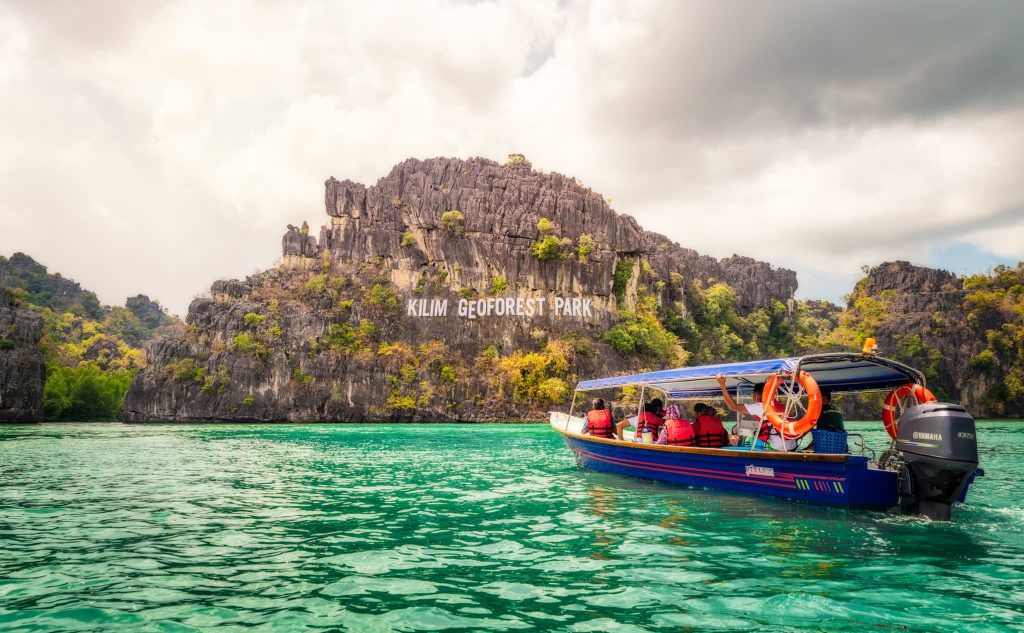
Kilim Geotrail
Key Features:
- Part of the Kilim Karst Geoforest Park, a UNESCO Global Geopark site.
- Mangrove forests, limestone karsts, and fossil sites dating back over 500 million years.
- Biodiversity hotspot with species like mudskippers, monitor lizards, and otters.
Activities:
- Mangrove boat tours and wildlife spotting.
- Exploring the Langgun Red Beds and nearby caves.
- Educational tours focusing on conservation and geology.
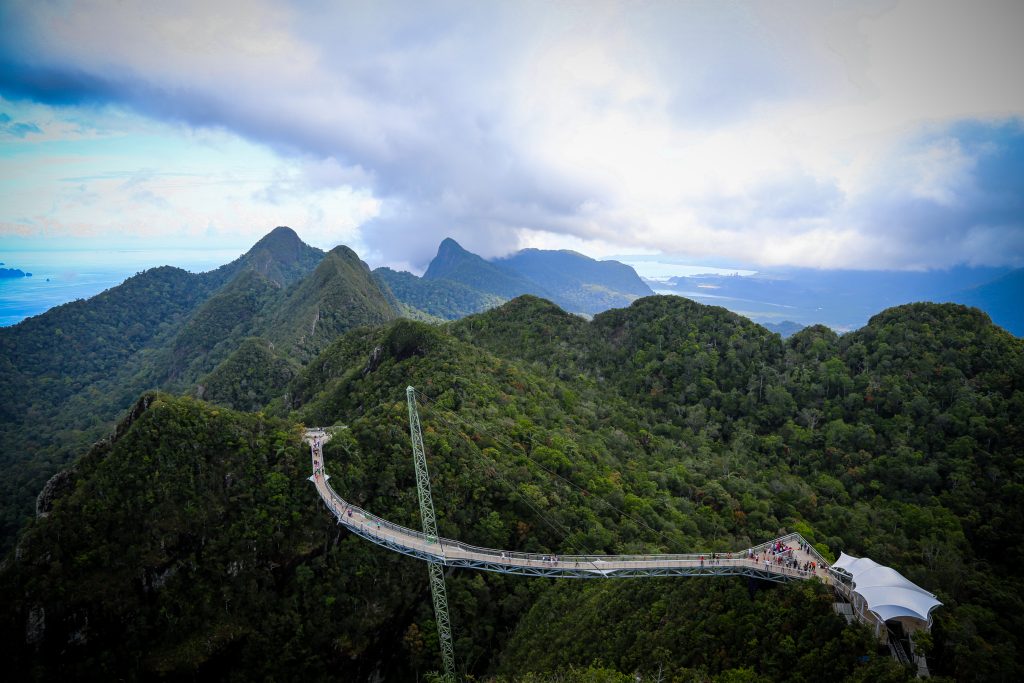
Machinchang Geotrail
Key Features:
- The oldest exposed rock formation in Southeast Asia, the Machinchang Formation (Cambrian).
- Iconic sandstone cliffs and geological formations.
- Panoramic views from Langkawi Sky Bridge and Cable Car.
Activities:
- Hiking trails to explore the ancient rock formations.
- Geological interpretive tours detailing the Machinchang sandstone and its fossils.
- Photography and sightseeing from the Sky Bridge.
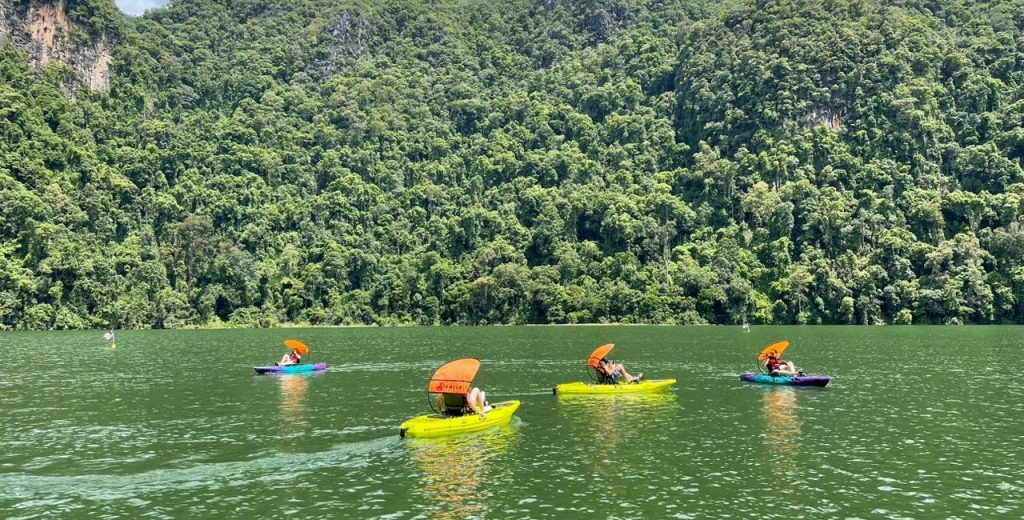
Dayang Bunting Geotrail
Key Features:
- The second-largest island in Langkawi, is home to the iconic Lake of the Pregnant Maiden.
Limestone karsts and unique island biodiversity. - Myths and legends tied to the lake and its surrounding
Activities:
- Trekking to the lake and enjoying its scenic beauty.
Exploring caves such as Gua Langsir. - Kayaking and nature walks to observe wildlife.
These trails collectively showcase Langkawi’s rich geological history, cultural heritage, and commitment to sustainability. They also emphasize community engagement, offering visitors an opportunity to contribute to local economic development while experiencing the natural beauty and stories of Langkawi Geopark.
